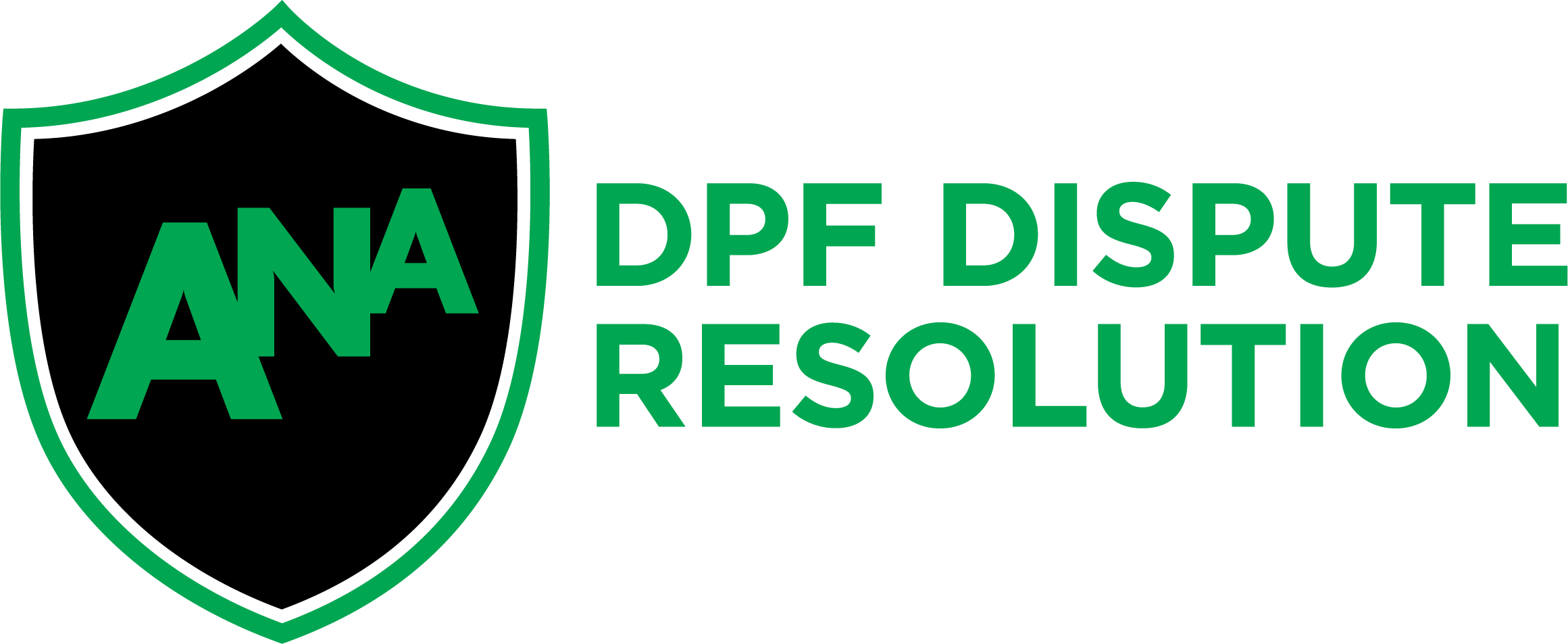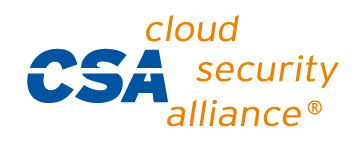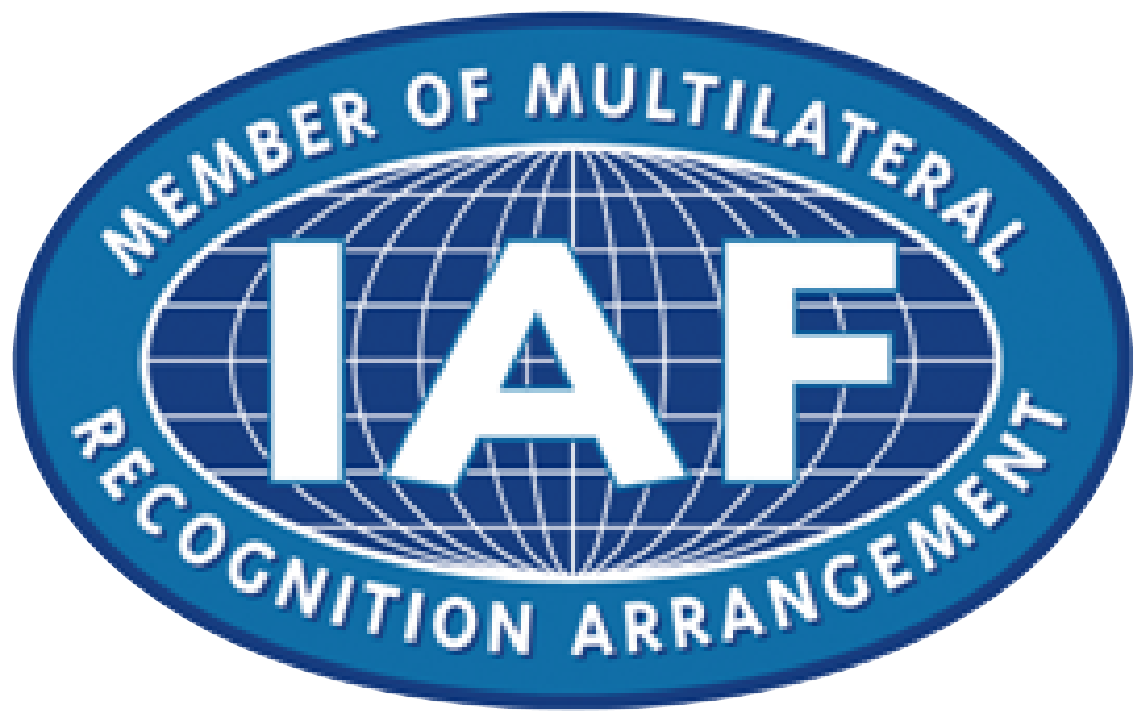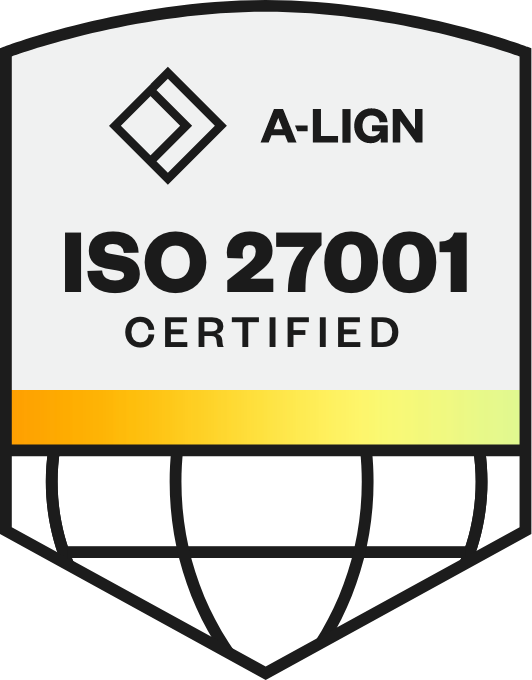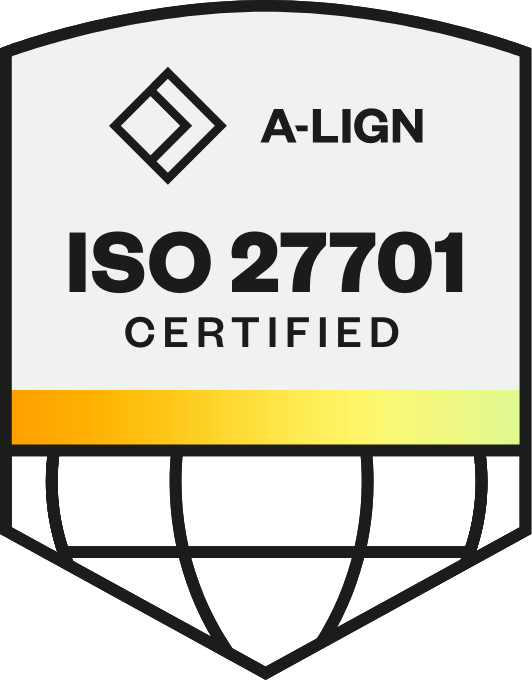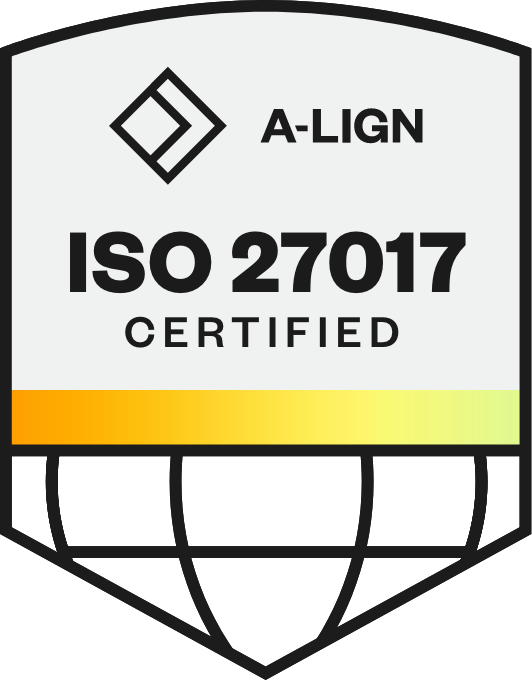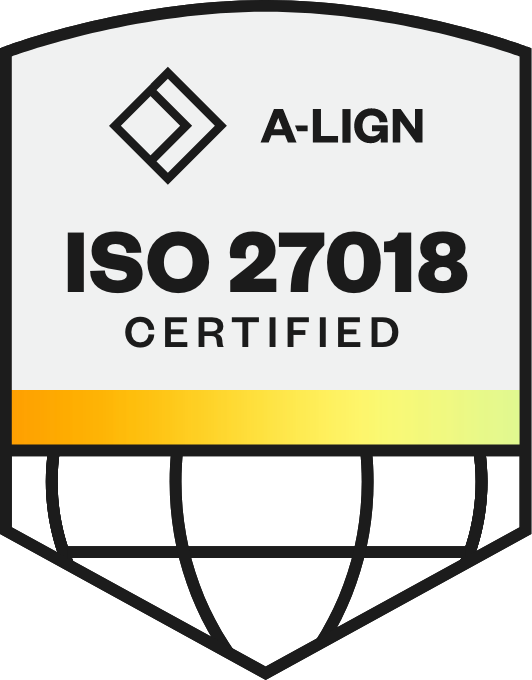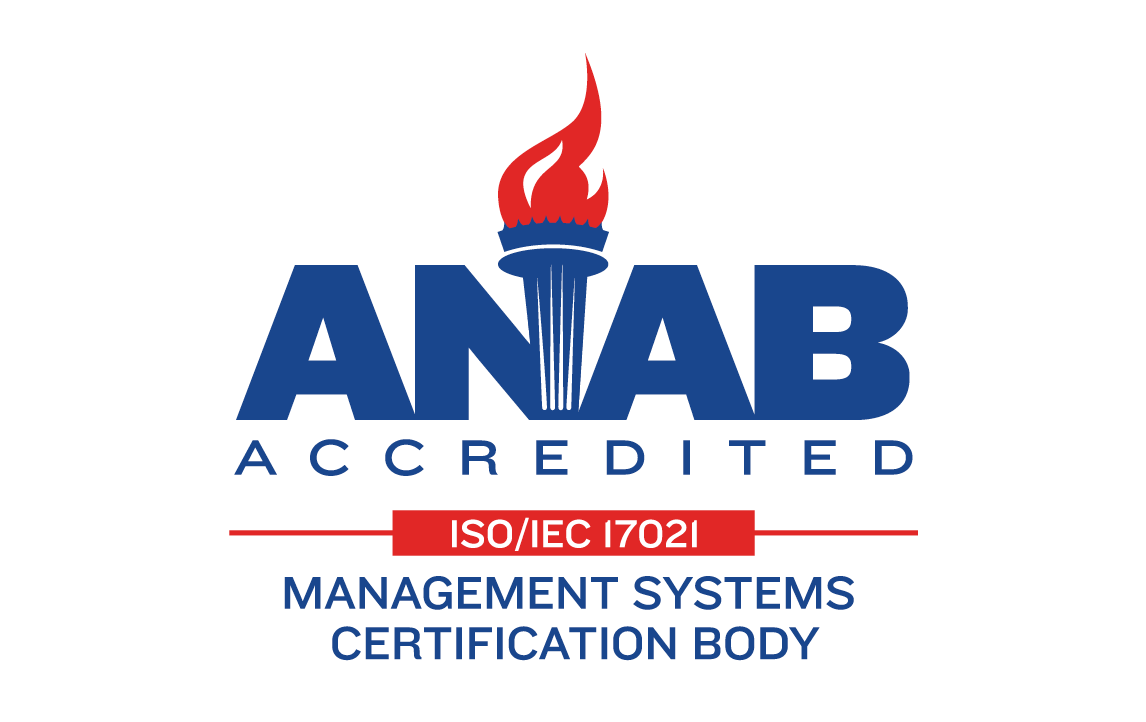
Beyond the Buzz: How to Identify Authentic AI in Hiring Technology
You're standing in front of ten vendor booths at HR Tech. Each claims to deliver AI-powered transformation for your business. Each promises to solve your hiring challenges. But only a few can actually tell you which tasks it eliminates to achieve those outcomes
This gap between marketing claims and practical value reveals a critical challenge facing HR leaders today: knowing what questions to ask before investing in AI-powered recruiting technology.
During a recent episode of Talent Experience Live from HR Tech in Las Vegas, host Devin Foster sat down with Alistair Neal, recruitment marketing strategist at RedDot, for a candid conversation about what's happening in the AI investment landscape. Neal shared practical insights about vendor evaluation, quality sourcing, and the evolving candidate experience — actionable guidance that can help HR leaders cut through the noise when investing in AI solutions.
Watch the full episode or continue reading for the highlights.
Evaluating AI Claims in HR Technology
Neal observed common patterns across vendor presentations at the conference. "Everybody says they provide AI solutions. It feels like it's a requirement," he noted. However, the reality behind these claims varies dramatically between genuine innovation and surficial implementation. The distinction becomes clear when evaluating how solutions respond to pointed questions about functionality.
Neal's approach focuses on solutions that help save time. A good question to ask yourself during the evaluation process is,’what task is this replacing?’ Because if leaders can't say ‘you no longer have to do this’ to their hiring teams, then the tool is not really going to stick around, he remarked.
Authentic solutions, on the other hand, demonstrate clear task elimination or automation that addresses specific operational challenges, while others struggle to articulate concrete value beyond broad productivity promises. Understanding this difference helps organizations identify solutions that deliver measurable impact versus those simply capitalizing on AI momentum.
The Human Connection
The most successful AI implementations recognize where human judgment remains essential. "We're still humans, I might not want to interact with machines 100% of my time," Neal emphasized, but "the machines should facilitate and speed the human connection elements."
This perspective shifts AI's role from replacement to enhancement. The technology works best when handling administrative burdens that prevent meaningful human interaction. Neal identified note-taking as his preferred use case: "I can focus on the call and what's going on because I'm not busy writing notes down, and later I'm going to have a concise summary of everything that happened in my action items."
The key is maintaining human oversight at decision points while automating repetitive tasks. Another practical application involves communication refinement — utilizing AI to refine messages before sending them. As Neal explained, this "helps the human connection so that people aren't cursing at one another." This balance between automation and human judgment naturally leads to questions about how AI impacts the broader candidate experience.
Understanding AI's Impact on Candidate Experience
AI creates competing dynamics in candidate experience that organizations must navigate strategically. "It makes it easier to tailor your resume and cover letter," Neal explained. "From a candidate perspective, I can apply to more jobs with better-looking resumes and customized cover letters, which before would have taken a lot of man-hours to create."
This efficiency fundamentally changes candidate behavior. What once required hours of customization per application now takes minutes, enabling candidates to cast a much wider net.
However, this convenience creates challenges on the employer’s side. Organizations now experience higher application volumes from candidates who can easily customize materials for multiple opportunities. The result is a paradox: while individual candidates gain efficiency, they often find themselves waiting longer for responses as recruiters sort through increased application pools. This shift has changed the typical candidate experience from targeted applications with reasonable response times to mass applications with prolonged silence.
This creates a moving target where technological advancement simultaneously improves application quality while potentially slowing response times. These candidate volume changes directly impact how organizations approach sourcing and quality standards.
Quality Over Quantity in Sourcing
The rise of automated application tools encourages sourcing platforms to prioritize authenticity and engagement over raw volume. RedDot made these strategic decisions about platform partnerships based on candidate quality rather than application volumes.
"We chose to discontinue our partnership with a job board because they had a button that said automatically apply to jobs. Companies are investing in this job board for applications that may not represent genuine interest," Neal revealed.
This quality focus becomes increasingly important as verification challenges emerge. "Where are the quality candidates coming from? How are those sources performing? Make sure you're partnering with real people who are interested in the job," Neal emphasized.
The stakes continue rising as fraud detection concerns grow, with reports of candidates using AI tools during live interviews. As organizations grapple with these sourcing challenges, questions arise about how to maintain authenticity in an increasingly automated landscape.
Related: Phenom Unveils the HR Tech Industry’s First Fraud Detection Agentic AI Tool
The Authentication Arms Race
As AI makes it easier for candidates to apply in volume, organizations face a new question: how do you verify genuine interest and human involvement in the application process? The conversation explored whether companies might embed authenticity signals in job descriptions to demonstrate real human review.
Neil highlighted the inherent challenge with this approach: "AI is progressing so quickly that it won’t take long until those Easter eggs become AI Easter eggs." This creates an ongoing cycle similar to CAPTCHA systems. Each new verification method eventually gets automated, requiring yet another layer of authentication.
The race between human verification and AI capability shows no signs of slowing. Rather than focusing solely on authentication signals, teams can use AI to address longstanding candidate pain points more directly.
Related: The AI Arms Race: Navigating Hiring Authenticity with Intelligent Fraud Detection
Solving the Communication Gap
One of the most promising AI applications addresses the perennial candidate complaint about communication silence. Neil observes:
"The number one candidate concern has been the lack of communication after applying. AI can address this by sending personalized messages that acknowledge the application and explain the decision."
This approach provides closure while demonstrating genuine candidate review, preventing the frustration that damages the employer brand. Going beyond the applications, organizations need frameworks for evaluating and implementing AI solutions effectively.
Building Your AI Evaluation Framework
The HR Tech landscape reveals that success depends more on strategic implementation than technological sophistication. Organizations evaluating AI solutions can focus on the following critical areas:
Solution Evaluation Priorities:
Demand specific task elimination examples rather than general productivity claims
Verify candidate authenticity and engagement capabilities
Assess integration potential with existing systems
Understand data quality and security protocols
Quality Partnership Standards:
Partner with sources that deliver engaged, authentic candidates
Evaluate platforms based on candidate interest rather than application volume
Implement verification processes to identify genuine applications
Monitor source performance for quality metrics beyond quantity
Creating Sustainable AI Success
The key insight from Neal's observations is that authentic AI success requires looking beyond marketing promises to understand practical implementation. The technology should enhance human capabilities rather than replace meaningful interaction.
Organizations that maintain this balance while addressing genuine operational challenges will create sustainable advantages. Success comes from recognizing that AI facilitates better human experiences rather than eliminating them.
As the technology landscape continues evolving, the organizations embracing human-centered AI implementation will lead the next phase of talent acquisition innovation. The focus must remain on solving specific problems while preserving the human elements that candidates and employees value most.
Ready to go beyond vendor evaluation?
Learn how top employers actually implement AI and improve candidate experiences. Download the State of Candidate Experience: 2025 Benchmarks Report today.
Devi is a content marketing writer who is passionate about crafting content that informs and engages. Outside of work, you'll find her watching films or listening to NFAK.
Get the latest talent experience insights delivered to your inbox.
Sign up to the Phenom email list for weekly updates!



